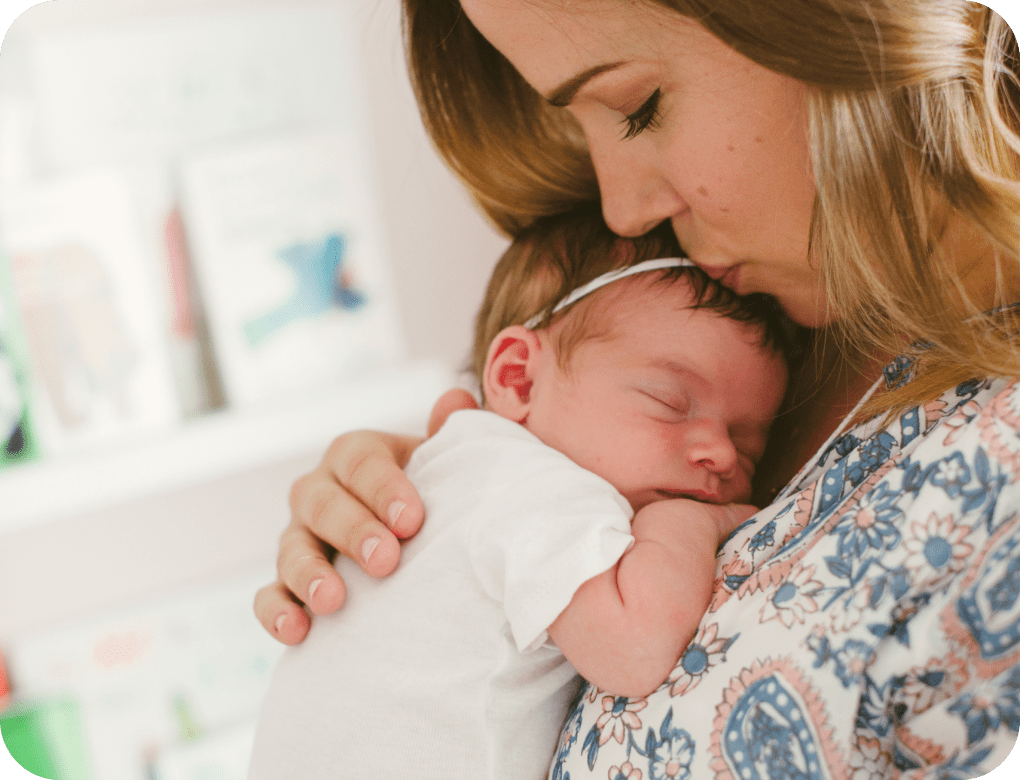Baby Yourself: How to Heal from a C-Section Quickly
After a C-section, you’re recovering from both childbirth and abdominal surgery. Add in caring for a newborn infant, and getting anything accomplished is a huge feat. Recruit family members to assist, rest when you can, and follow these other tips to help you heal fast and get back on your feet.
Take It Easy
As with all abdominal surgeries, you should avoid stretching for several weeks. Make sure everything you need is always within a short arm’s reach. Sorry, but lifting anything over 5lbs is a no go. Have your baby placed in your arms by someone else as much as possible.
Support Your Abdomen
Hold your incision during any quick or sudden movements, like laughing, coughing, or sneezing. And maintain a good posture when sitting, walking, or standing.
Seek Pain Relief
Check with your doctor first, but most pain relievers like ibuprofen or acetaminophen are generally okay to take while breastfeeding. A heating pad can help alleviate C-section pain as well.
Care for Your Incision
Instructions from your doctor will be specific to how your incision was sealed, so it’s best to follow those to the letter for fast healing. If you weren’t sent home with supplies, you’ll want gauze pads and medical tape on hand.

Watch for Signs of Infection
Up to 8% of C-section incisions become infected, so it’s just as important to take care of yourself as it is your wee one. Contact your healthcare provider right away if you develop any of these signs of possible infection:
Swelling, warmth, redness, or oozing around your incision
Pain that’s worsening rather than improving
A fever
An odorous or foul-smelling vaginal discharge
Burning or pain during urination or if urine is dark and/or bloody

Never Fear, Your C-Section Scar Will Fade
C-section scarring is inevitable, but with proper care it will fade in time. The scar left behind after a C-section incision is typically 1/8” wide and from 4 to 6 inches long. At first, it’ll be raised slightly and may be darker and puffier than the skin around it. It will eventually heal to match your regular skin color and shrink to 1/16” in width. It’s normal for your scar to be itchy as it heals further, shrinks, and fades. If you find it excessively itchy, ask your healthcare provide to suggest itch relief remedies.



